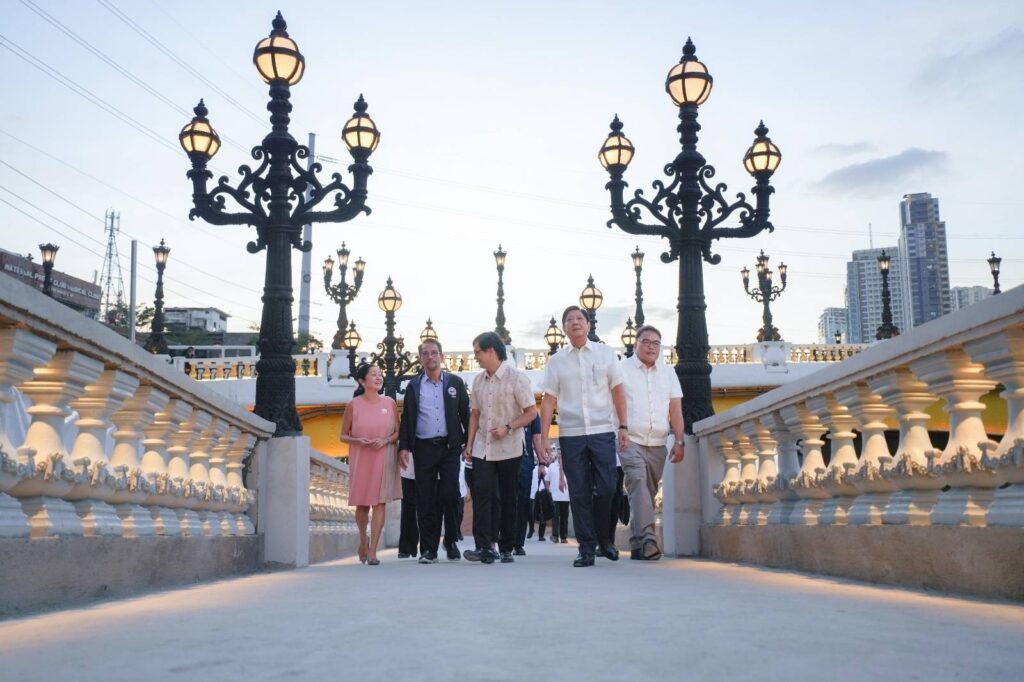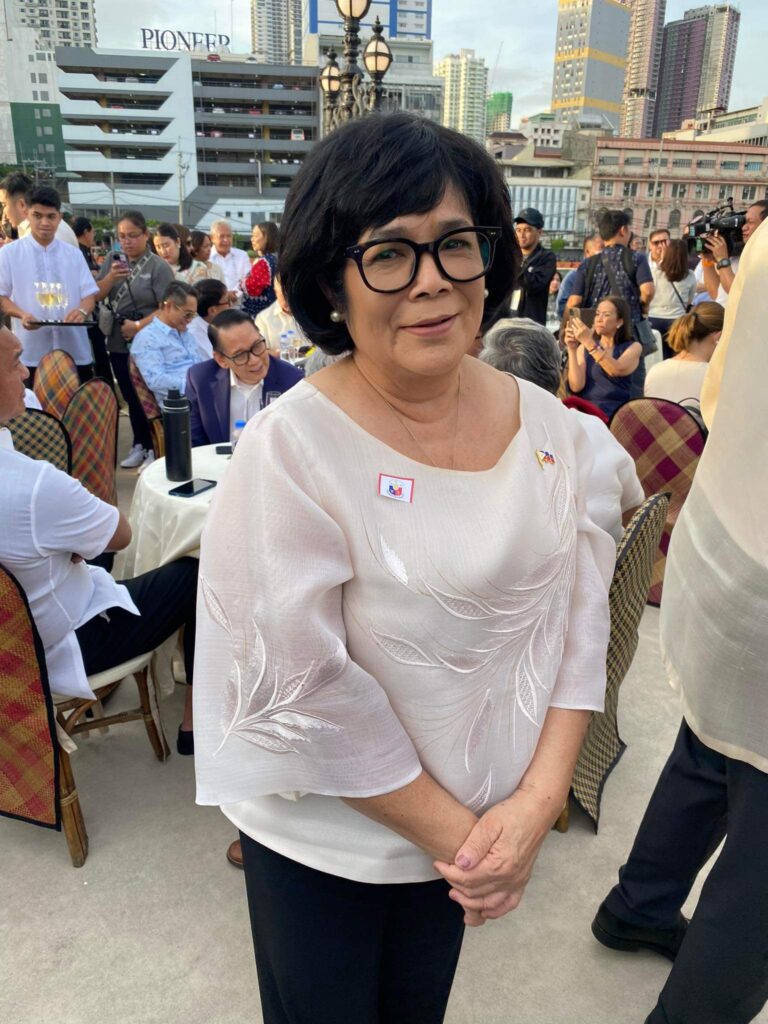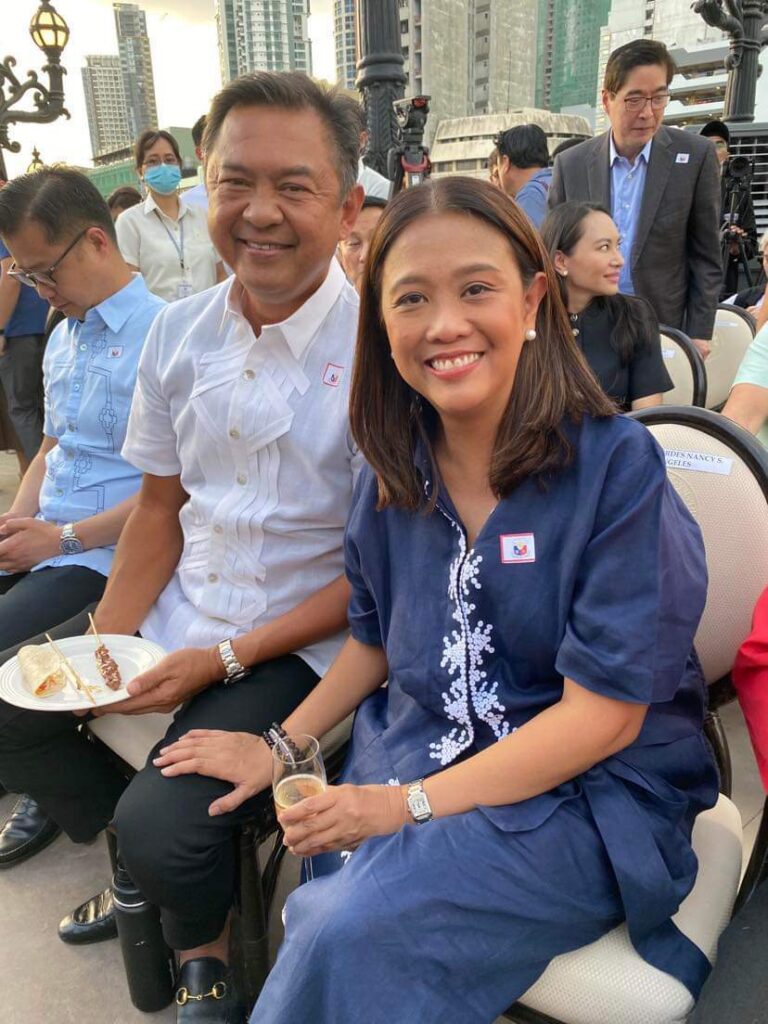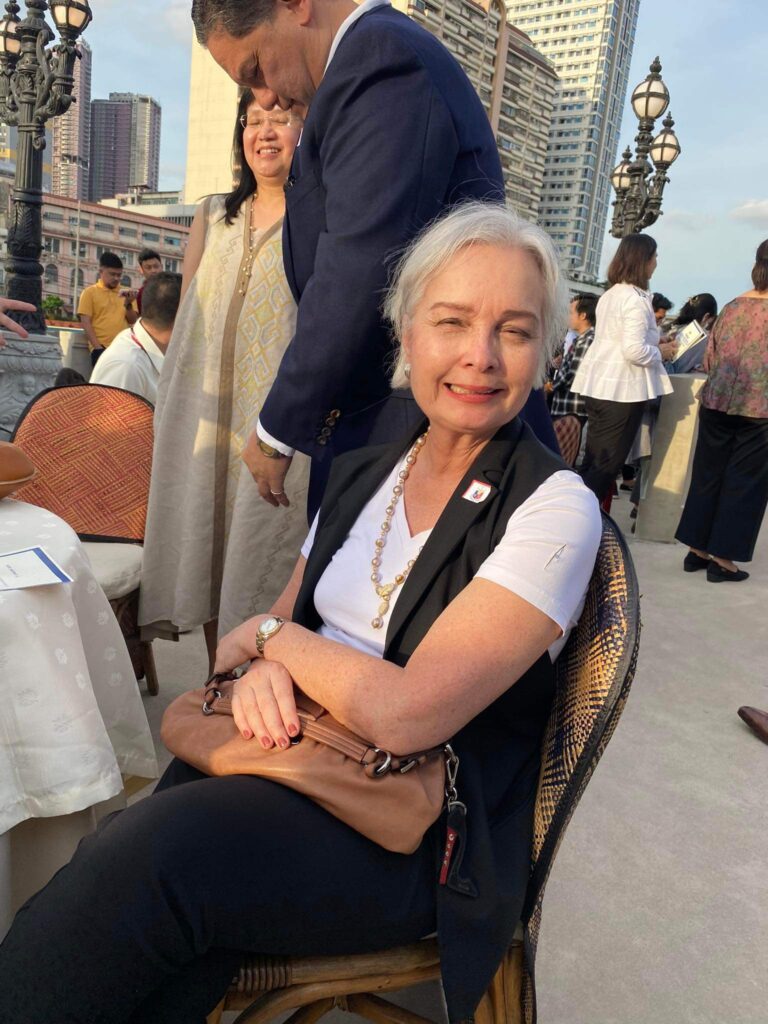A beautiful and enthralling Pasig River has come to life with the First Lady of the Philippines, Liza Araneta Marcos, leading the effort to clean up and beautify the river and its environs.

To launch this gigantic, momentous project, the First Couple led cabinet secretaries, leaders of legislature, Metro Manila mayors and tycoons in a late-afternoon extravaganza of cultural showcases, Pinoy food and spectacular fireworks at the back of the Manila Post Office where a promenade had been built for people to enjoy, relax and breathe in the clean fresh air.



President BBM, in his usual eloquent way, delivered a most stirring speech aimed to inspire his distinguished audience to do their part for the rehabilitation of Pasig River.
He said, “No river in our country holds as great a cultural and historical significance as Pasig River. Its flow has not only shaped the contours of our nation’s capital, but the economic landscape of a booming metropolis as well. As a country’s first nautical expressway, it brought people together and their produce to its tributaries along whose bank settlements grew and prospered.

“It is a witness to the ebb and flow of our history, transporting heroes during the birth of the Republic, the courage of patriots whose spirit was never broken in the watery dungeons of Fort Santiago. After the end of the country’s colonial period, the symbol of executive power was housed along its banks. For a river that has given us so much, we have given back too little.

“Our stewardship of this national asset leaves much to be desired, a national deficit which we have never properly erased. I am personally a witness to this. Isa po akong anak ng Pasig. Bago po ako’y pumasok sa larangan ng serbisyo publika, nandiyan na ang Bongbong Marcos na batang Pasig. I grew up by the Pasig River. Today, I work by the Pasig River. I live by the Pasig River. I shuttle between the two, my workplace and my residence, both through the Pasig River.
“So when it comes to knowing the state of the Pasig River, I do not merely rely on statistics reported, but by sight and smell, on my morning and evening commutes. Mga kaibigan ko, hindi tayo rito para tayo’y mapag-usapan.



“We are not here to wax nostalgic to the past or wax poetic of the beauty that once was. Rather, we are here to blaze a path forward for this national asset. We are here to reject the defeatist view that the Pasig River is beyond redemption. We are here to consecrate ourselves to the mission of transforming Pasig River to what it is supposed to be.
“A living river of multiple benefits for the multitude, featuring safe walkways and bikeways along its banks, a green corridor that will serve as lungs for our city’s needs, a string of parks for communities nearby.
“Along that 25-kilometer stretch we’ll judiciously sprout commercial enterprises run by the best stewards and the strongest stakeholders of the river’s development, the people themselves. We envision civic spaces where our children will play, our seniors will relax, families will exercise, artists can showcase their talents, and the creative can display their works. We want it to be a permanent exhibit area of green technology that works, from solar lights to rain harvesting facilities, sustainable practices like urban gardens.
“We will also maximize this ready-to-use but underutilized maritime highway by deploying more ferry boats and stations because if you build them, the riders will come.
“The transformations we would like to see in Pasig River are not cosmetic in nature. We will not paper over the river’s fundamental problems, nor whitewash its crime by leaving the old and rotten still there.
“We do not want a river that is instantly made picturesque by coats of paint. We want a river whose transformation sinks to its very bottom. This begins by cleaning up the river and some solutions are found upstream because waste disposed far from the Pasig River ends up in the Pasig River, funneled through waterways which have become sewers.
“As the threat of climate change looms, we must save the poor and vulnerable living along its banks from the ravages of frequent and fiercer typhoons by transferring them to better homes, which they deserve. Make no mistake about it, it will be a people-centered and community-driven development, with ideas crowdsourced from experts and carried out with political will.
“We may never restore the river back to its pre-colonial pristine condition, but we can revive it to serve the present while preserving it for the future.”
